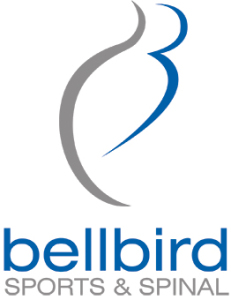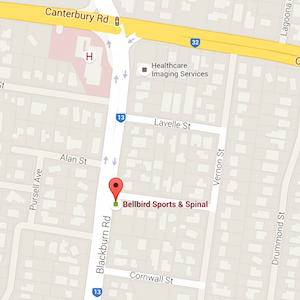Rehabilitative Ultrasound Imaging (RUSI) is used by physiotherapists all over the world to help people recover muscle function. RUSI can be used in conjunction with your physiotherapy or Clinical Exercise program.
Aid to diagnosis
RUSI allows the trained physiotherapist to examine the function of certain muscles. It is commonly used to view the ‘core’ trunk muscles, which are important for stabilising and protecting your spine, and also with pelvic floor rehabilitation. Impairments in the function of these muscles have been found in those with persistent or recurrent low back pain. RUSI allows the physiotherapist to identify your individual impairments.
Aid to recovery
RUSI can also be used for muscle retraining. It can be difficult to reactivate these muscles after injury as the muscles are often deep, weak and small. With its clear screen, the RUSI machine allows the physiotherapist to show you how these muscles are working. This feedback allows you to learn how to control these muscles again. Retraining your deep trunk muscles improves their function and can reduce low back pain, disability and recurrence of low back pain.
What to expect
RUSI is available by appointment at Bellbird Sports & Spinal.
RUSI assessment of muscle function takes a whole session. This allows the physiotherapist time to thoroughly assess the muscles involved and relate this to your program or condition. Follow up consultations are useful to assess the improvement in your muscle function.
- A semi-full bladder makes it easier to view some of the muscles
- Examination of core and pelvic floor muscles is done with the RUSI sensor head on your lower abdomen or back
Some conditions RUSI can help:
- Back pain/Sciatica/disc protrusions (bulges)
- Pelvic floor weakness
- Pelvic instability
- Sacroiliac joint (SIJ) pain
- Osteitis pubis
- Hip pathologies
Summary
- RUSI allows deep stabilising muscles to be visualised
- Correct/incorrect muscle contractions can be quickly assessed
- Instant feedback allows faster muscle retraining
- Improved muscle activation leads to decreased pain and occurrence of low back pain




